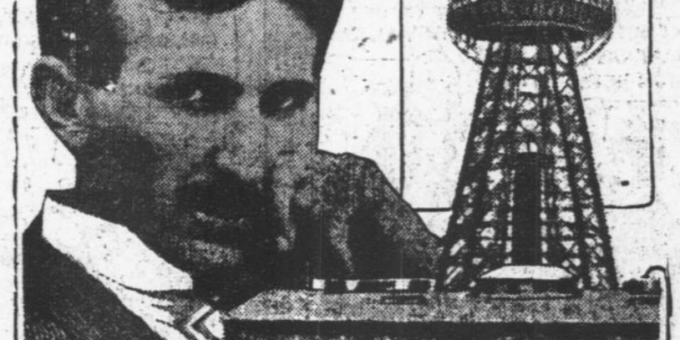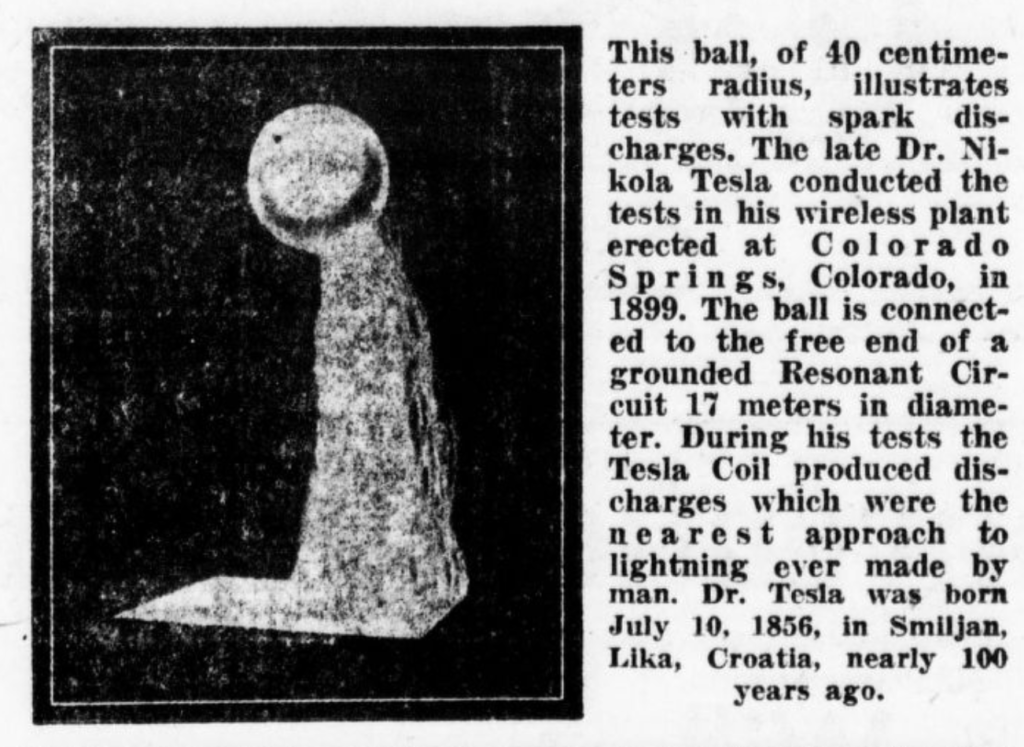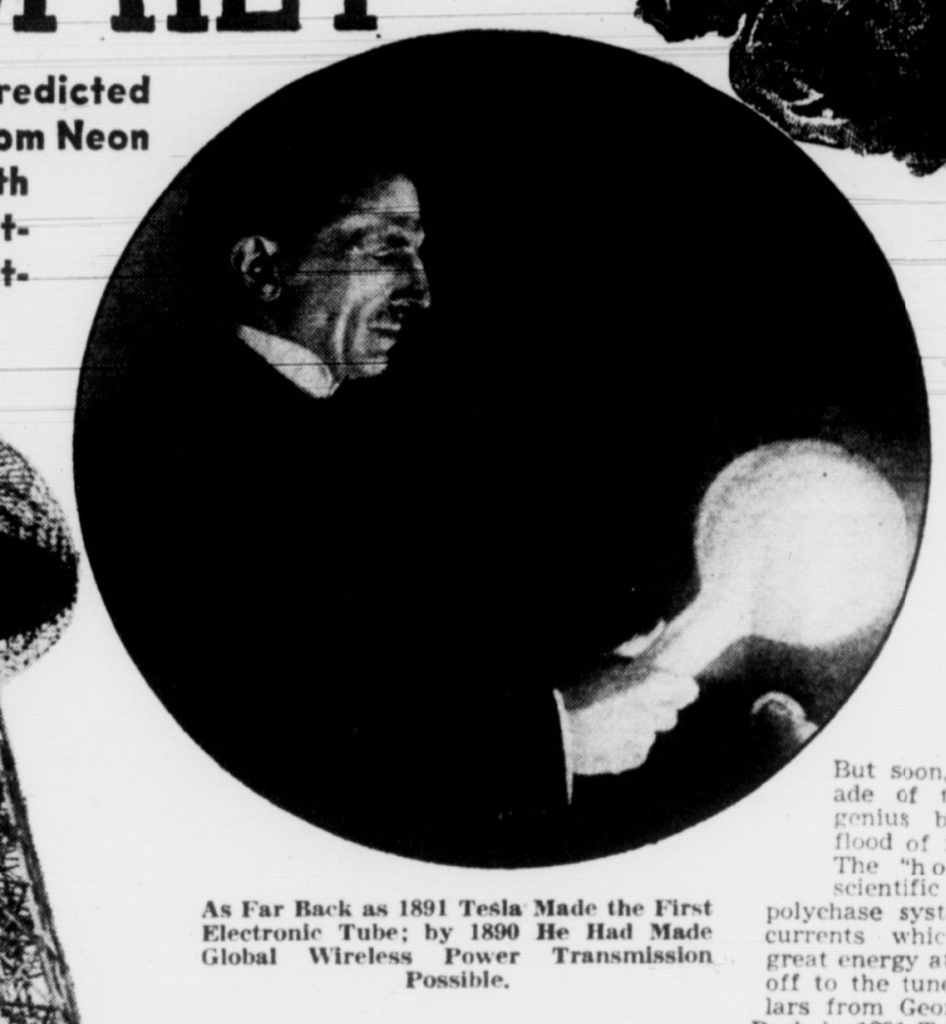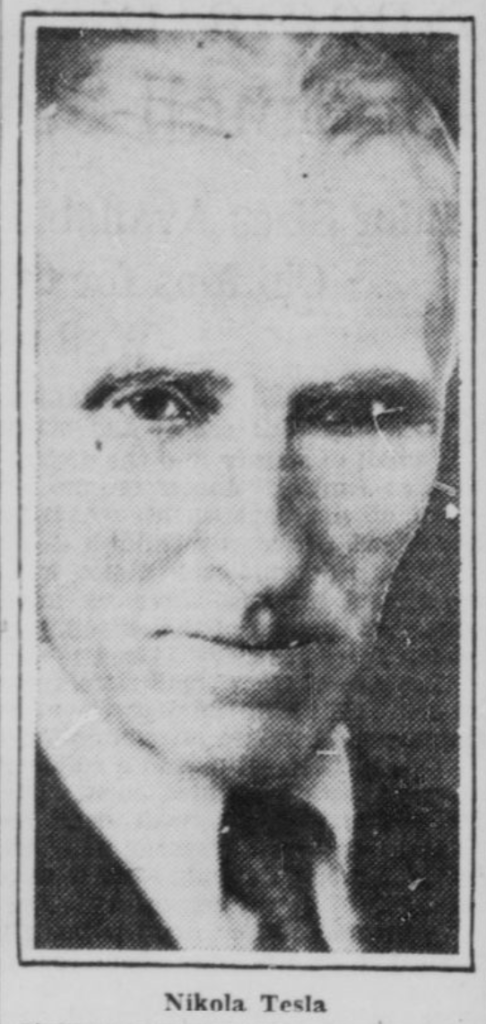
Nikola Tesla was a Serbian-American inventor and electrical engineer. He is best known for his contributions to designing the modern alternating current (AC) electricity supply system.
Tesla’s patents and theoretical work formed the basis of modern AC electric power systems, including the polyphase electrical distribution system and the AC motor. His legacy can be seen in almost every aspect of contemporary life with electricity as we know it today.

Tesla’s Early Life
Tesla was born on July 10, 1856, in what is now Croatia. He was the fourth of five children born to Milutin and Ðuka Tesla.
Tesla was a curious child and developed a habit of taking things apart to see how they worked. His father would often take him to the market with him, where he would spend hours looking at the various gadgets and devices that were being sold.
Tesla’s first formal education came from a tutor who taught him to read, write, speak Serbian and other subjects. He then attended high school in Karlovac, where he studied math, physics, chemistry, and languages (German, French and Italian).

Tesla’s Education and Professional Career
Nikola Tesla’s education was largely self-taught. He began reading about science and engineering at a young age, and he was particularly interested in electricity. Tesla attended a series of universities but never completed a degree. Instead, he began his professional career in 1881, working for the Continental Edison Company in Paris. He moved to the United States in 1884 and began working for Thomas Edison.

Tesla vs. Edison – The Great Electrical Debate of the 1890s
The rivalry between Thomas Edison and Nikola Tesla was one of the most famous in American history. However, the two men were completely different in their personalities and approaches to electrical engineering.
Edison was a practical, down-to-earth inventor who was always looking for ways to make things easier and faster. He was the type of person who would see a problem and instantly think of a way to solve it.
Tesla, on the other hand, was a more theoretical thinker. He was more interested in the principles behind things and finding new and innovative ways to use electricity.
The two men’s different approaches led to a heated debate over the best way to produce and use electricity. Edison believed in using direct current (DC), while Tesla argued for alternating current (AC).
The debate lasted for many years and was finally settled in Tesla’s favor when AC was chosen to power the electrical grid for the entire country.
The War of Currents – A Fight for the Future of Electricity Production
The War of Currents is a term most often used to describe the battle between two competing types of electricity generation – AC and DC. The war was fought in the late 19th and early 20th centuries and was won by AC.
The debate between AC and DC electricity generation began in the late 1800s, with proponents of each technology arguing their case. AC proponents argued that it was a more efficient way to generate electricity, while DC proponents argued it was more reliable and could be used over longer distances.

The War of Currents peaked in the early 20th century, with many high-profile battles between the two technologies. The most notable of these was the battle between Thomas Edison and George Westinghouse, with each side using their biggest guns to try and win the war.
The AC technology eventually won the war, with AC becoming the dominant type of electricity generation. This was mainly due to the development of the transformer, which allowed AC to be transmitted over long distances.
The War of Currents was an essential milestone in the development of electricity generation, and it helped establish AC as the dominant technology.
The Legacy of Nikola Tesla
However, Tesla’s legacy is not simply limited to his work on AC systems. He also made many important contributions to the field of electrical engineering, including the development of the Tesla coil and the Tesla turbine. He also made significant advances in wireless communication and is credited with inventing the first remote control.
Though his work has been largely overshadowed by other figures such as Thomas Edison and Guglielmo Marconi, Tesla’s legacy is important. His contributions to electrical engineering have helped shape the modern world, and he remains an important figure in the history of the field.

